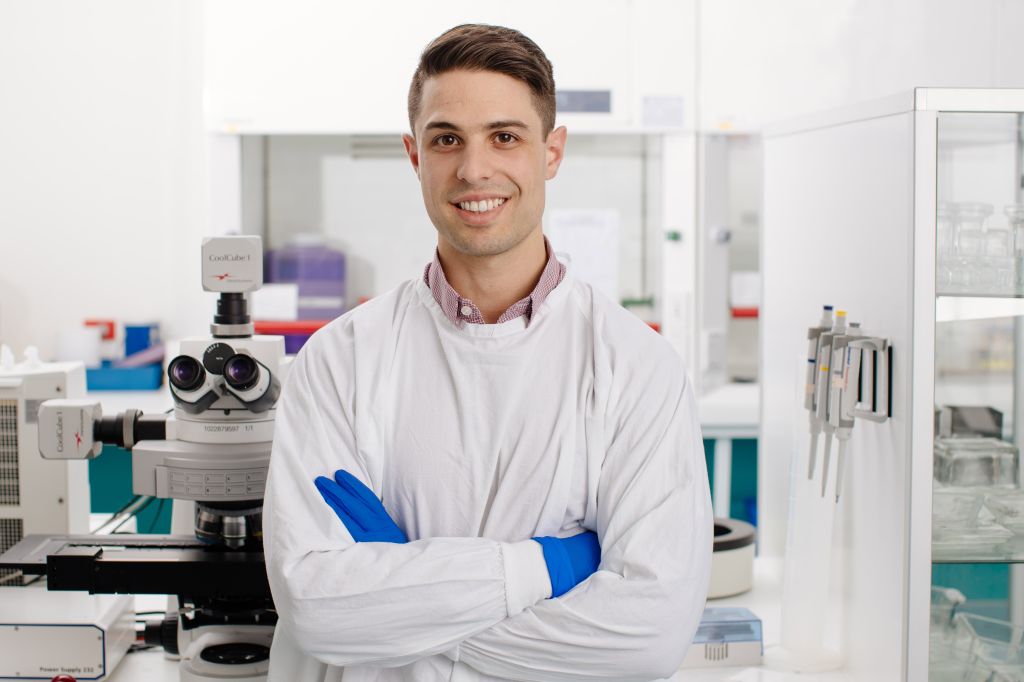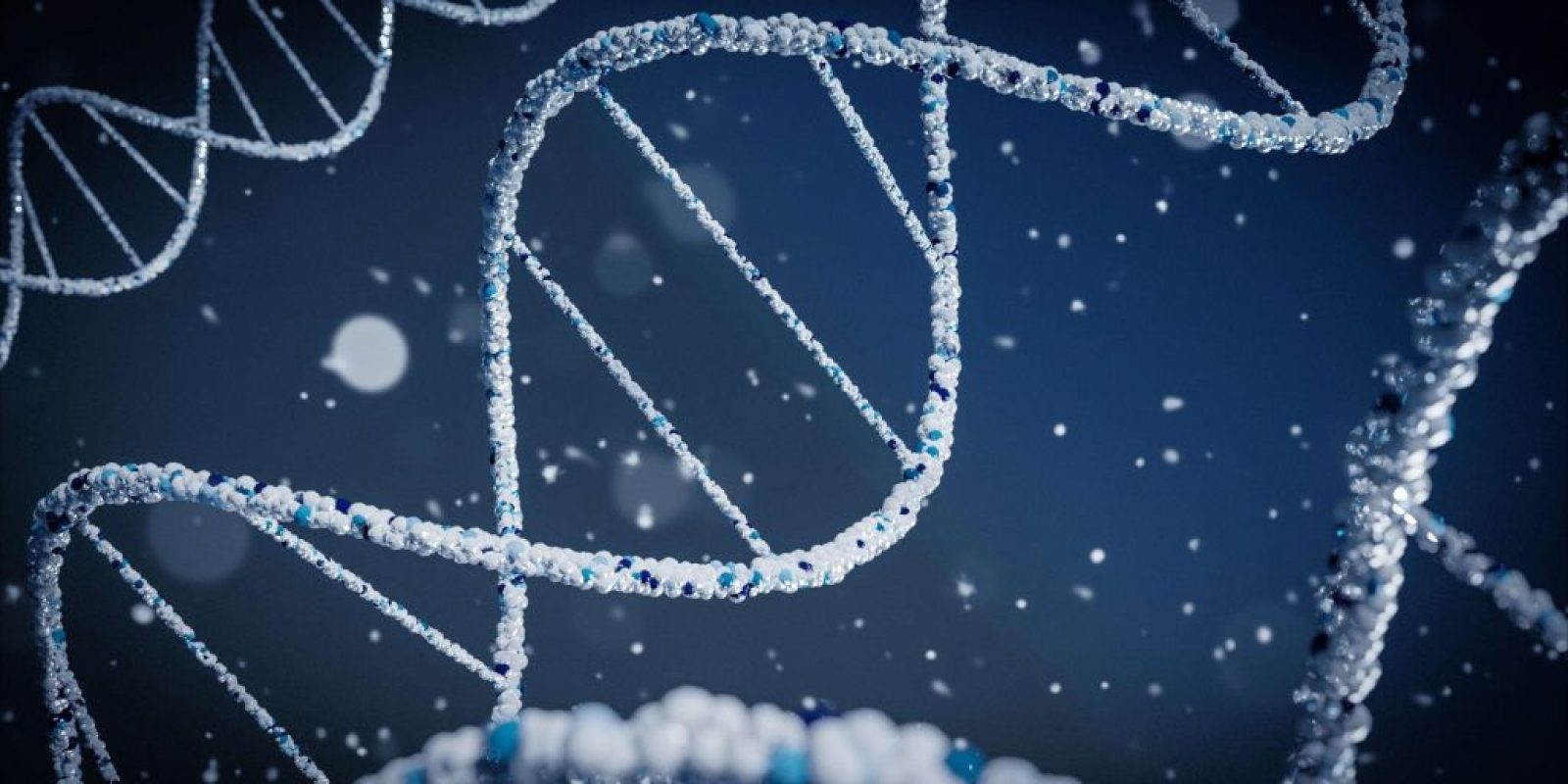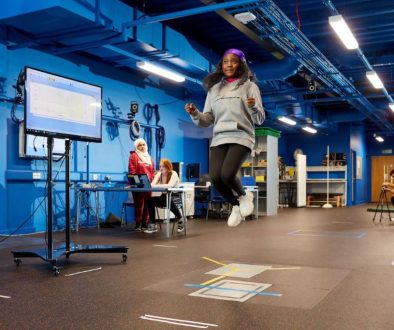Health Sciences and Technology
Health Science Artificial Intelligence, Data Analytics, Patient Monitoring
In the modern world, the integration of technology in health sciences has revolutionized the way we approach healthcare and wellness. This intersection has led to significant advancements in medical research, diagnosis, treatment, and patient care. From innovative medical devices to cutting-edge digital health solutions, the synergy between health sciences and technology is transforming the healthcare landscape. This article delves into the various facets of health sciences and technology, exploring their impact and potential to shape the future of healthcare.
Medical Imaging and Diagnostics
One of the most profound impacts of technology on health sciences is in the realm of medical imaging and diagnostics. Advanced imaging technologies such as Magnetic Resonance Imaging (MRI), Computed Tomography (CT) scans, and ultrasound have revolutionized the way we diagnose and monitor medical conditions. These tools provide detailed and accurate images of the body’s internal structures, enabling healthcare professionals to detect diseases and abnormalities with greater precision.
For instance, MRI and CT scans allow for non-invasive visualization of organs, tissues, and bones, aiding in the diagnosis of conditions such as cancer, cardiovascular diseases, and neurological disorders. Ultrasound, on the other hand, is widely used in obstetrics and gynecology to monitor fetal development and assess the health of the reproductive system.
Moreover, advancements in imaging technology have led to the development of functional imaging techniques, such as Positron Emission Tomography (PET) and functional MRI (fMRI), which provide insights into the physiological and metabolic processes of the body. These innovations not only enhance diagnostic accuracy but also contribute to personalized treatment planning and improved patient outcomes.
Telemedicine and Remote Patient Monitoring
Telemedicine has emerged as a game-changer in healthcare delivery, especially in the wake of the COVID-19 pandemic. By leveraging digital communication technologies, telemedicine allows healthcare providers to offer medical consultations, diagnosis, and treatment remotely. This approach has proven invaluable in improving access to healthcare services, particularly for individuals in rural and underserved areas.
Telemedicine platforms enable patients to connect with healthcare professionals via video calls, phone calls, or secure messaging. This convenience reduces the need for in-person visits, saving time and resources for both patients and providers. Additionally, telemedicine supports continuity of care by facilitating regular follow-ups and monitoring of chronic conditions.
Remote patient monitoring (RPM) is another technological advancement that complements telemedicine. RPM involves the use of wearable devices and sensors to collect real-time health data, such as vital signs, glucose levels, and heart rate. This data is transmitted to healthcare providers, who can monitor patients’ health status remotely and intervene when necessary. RPM is particularly beneficial for managing chronic diseases like diabetes, hypertension, and heart failure, enabling timely and proactive care.

Health Informatics and Data Analytics
Health informatics and data analytics are integral components of the modern healthcare system, driving improvements in patient care, operational efficiency, and research. Health informatics involves the use of information technology to collect, store, and manage health data, facilitating seamless communication and collaboration among healthcare professionals.
Electronic Health Records (EHRs) are a cornerstone of health informatics, providing a comprehensive digital record of a patient’s medical history, treatments, and outcomes. EHRs enhance the accuracy and accessibility of patient information, reducing the risk of medical errors and improving the quality of care. They also support data sharing across different healthcare settings, ensuring continuity of care.
Data analytics, on the other hand, involves analyzing large volumes of health data to derive meaningful insights and inform decision-making. Predictive analytics can identify patterns and trends in patient data, enabling early detection of diseases and personalized treatment plans. For example, predictive models can assess the risk of readmission for hospitalized patients, allowing healthcare providers to implement preventive measures.
Additionally, health data analytics supports population health management by identifying public health trends and evaluating the effectiveness of interventions. This capability is crucial for addressing public health challenges, such as epidemics, chronic disease management, and health disparities.
Robotics and Artificial Intelligence in Healthcare
Robotic surgical systems, such as the da Vinci Surgical System, enable surgeons to perform complex procedures with enhanced dexterity and control. These systems use robotic arms equipped with surgical instruments, guided by the surgeon through a console. The high precision of robotic surgery results in smaller incisions, reduced blood loss, and faster recovery times for patients.
AI, meanwhile, is transforming various aspects of healthcare, from diagnostics to treatment planning. AI algorithms can analyze medical images, such as X-rays and MRIs, to detect abnormalities with high accuracy, often surpassing human capabilities. In pathology, AI-powered tools can assist in analyzing tissue samples and identifying cancerous cells, improving diagnostic speed and accuracy.
AI also plays a role in personalized medicine, where machine learning models analyze genetic data to predict an individual’s response to specific treatments. This approach enables tailored therapies that maximize efficacy and minimize adverse effects. Furthermore, AI-driven chatbots and virtual assistants enhance patient engagement by providing 24/7 support and answering health-related queries.
Conclusion
The convergence of health sciences and technology is reshaping the healthcare landscape, offering innovative solutions to improve patient care, enhance diagnostic accuracy, and streamline healthcare delivery. From advanced imaging and telemedicine to health informatics and AI-driven tools, the integration of technology in health sciences holds immense potential to transform healthcare outcomes. As technology continues to evolve, it will undoubtedly play a pivotal role in addressing the challenges of modern healthcare and paving the way for a healthier future. Embracing these advancements will require collaboration, education, and a commitment to leveraging technology for the betterment of patient care and public health.




